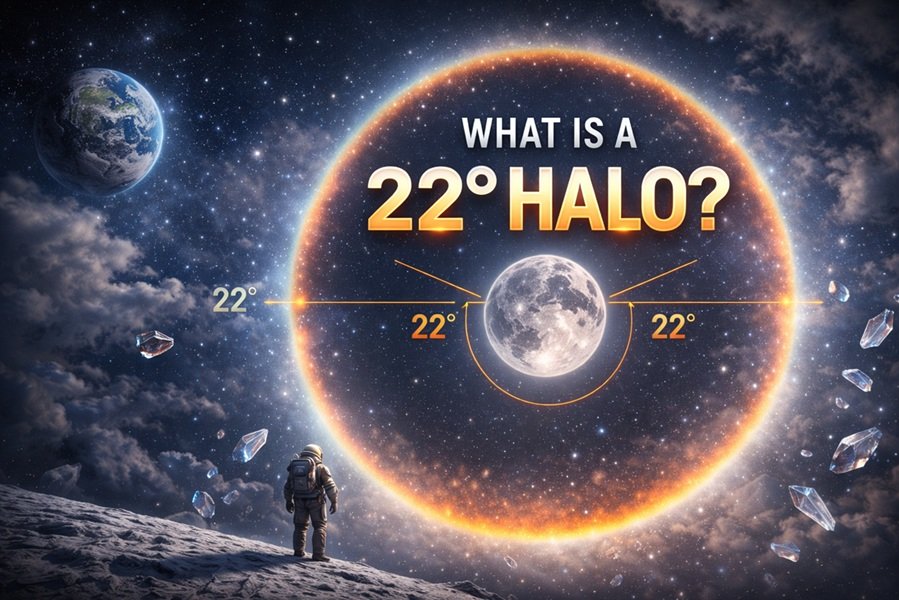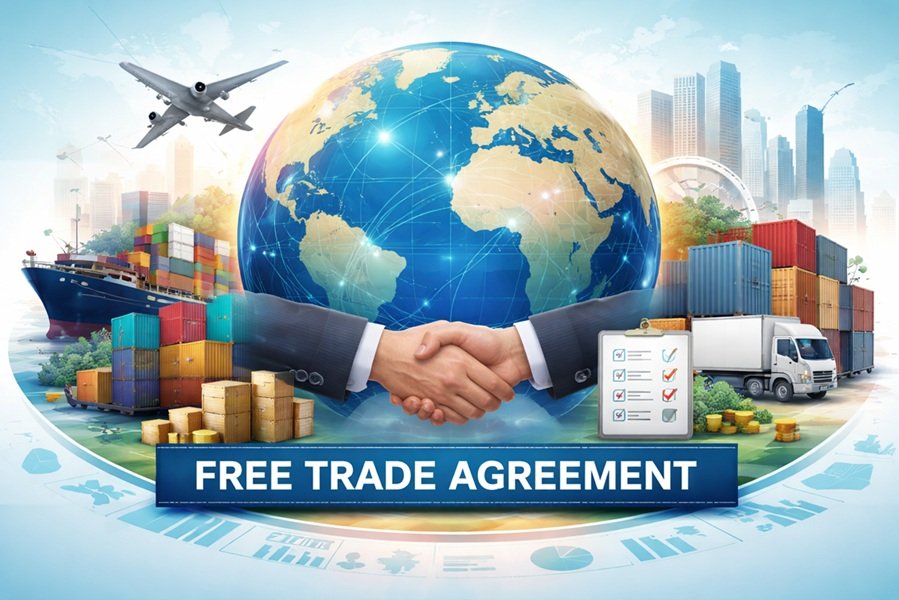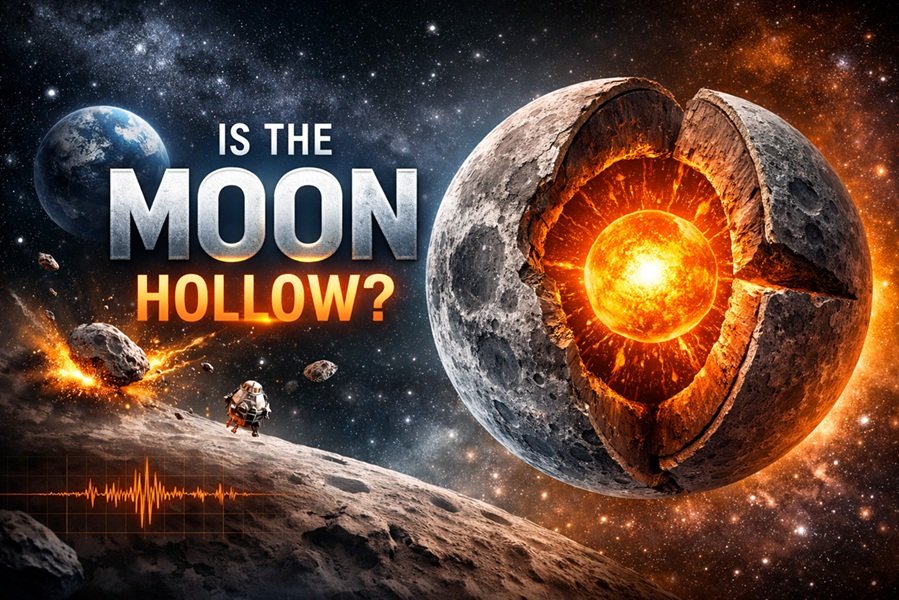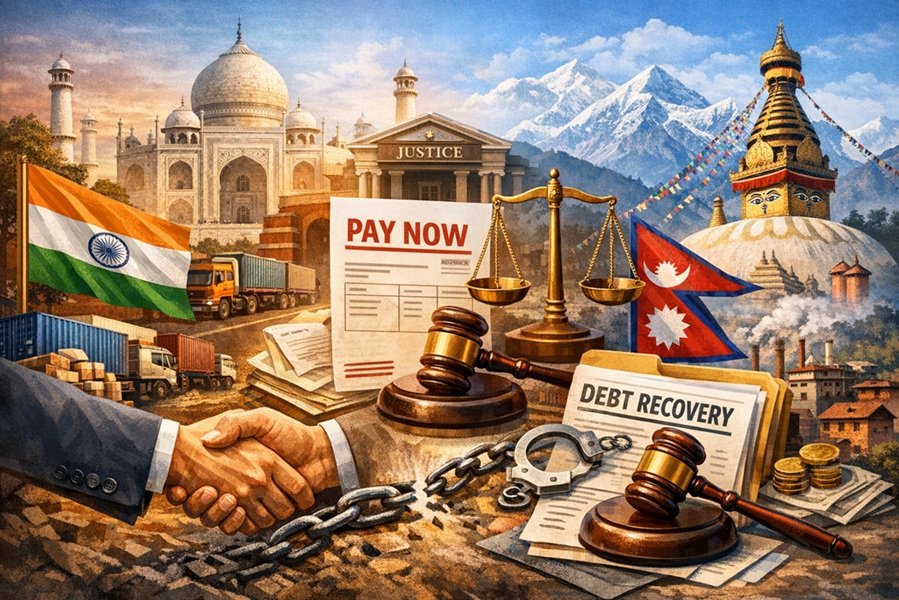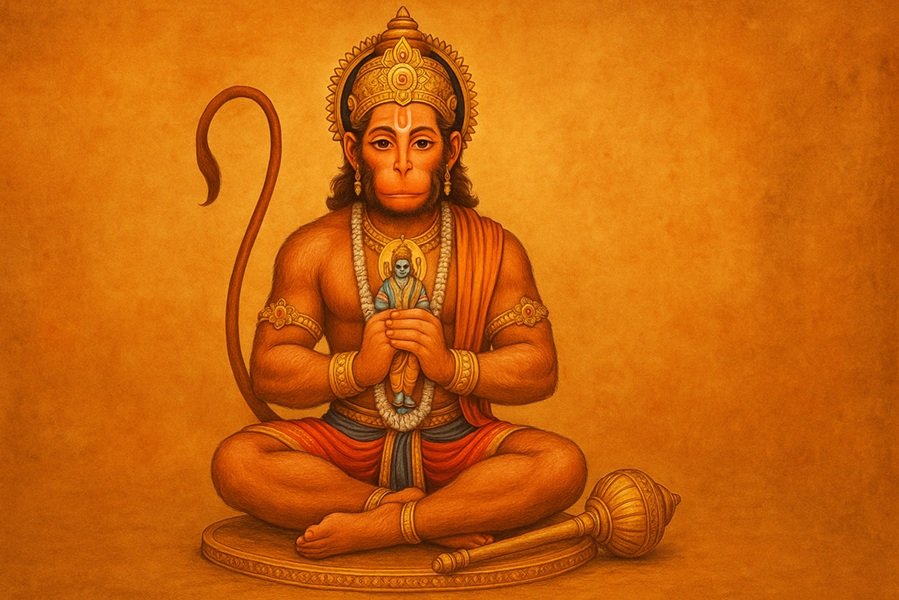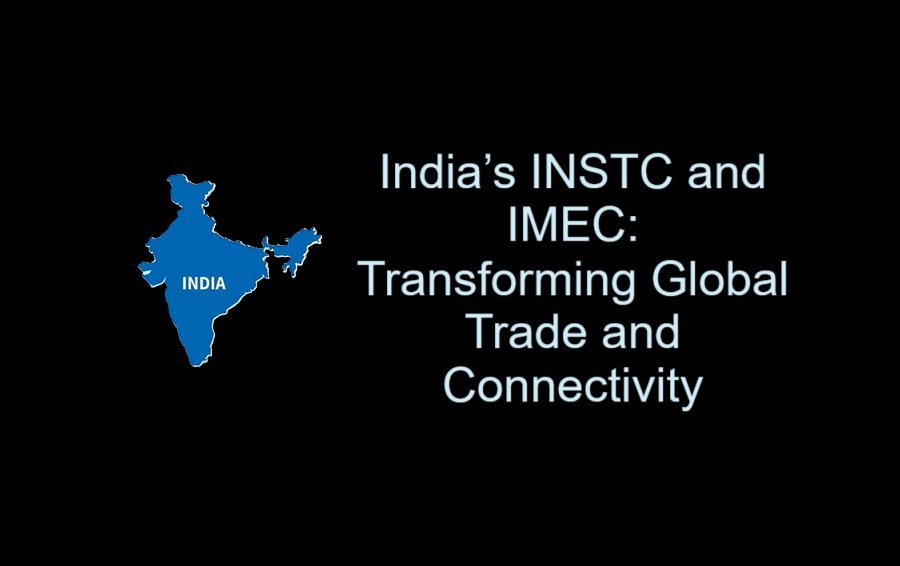
In the 21st century, India has emerged as a pivotal player in global trade and logistics, leveraging its geographical and economic strengths to reshape international trade corridors. Two of the most significant initiatives spearheaded by India are:
- The International North-South Transport Corridor (INSTC) – A strategic trade route connecting India to Russia and Europe via Iran and Central Asia.
- The India-Middle East-Europe Economic Corridor (IMEC) – A newly proposed trade and logistics route aimed at linking India to the Middle East and Europe, bypassing traditional shipping routes through the Suez Canal.
Both projects reflect India’s commitment to strengthening its position as a global trade hub, diversifying supply chains, and enhancing regional connectivity. This article delves deep into the history, development, strategic significance, and future potential of these corridors.
1. International North-South Transport Corridor (INSTC)
What is INSTC?
The International North-South Transport Corridor (INSTC) is a 7,200 km-long multimodal transportation network designed to connect India, Iran, Russia, and Europe through a mix of maritime, rail, and road routes.
Historical Background
- 2000 – The INSTC was first proposed by India, Russia, and Iran as an alternative to the longer and costlier Suez Canal route.
- 2002 – The agreement was formalized, with several Eurasian and Middle Eastern countries joining the project.
- 2014 – The first dry run was conducted, confirming the corridor’s viability.
- 2023 – Significant developments in port infrastructure in Chabahar (Iran) and Astrakhan (Russia) strengthened the route.
Key Countries Involved
INSTC connects India, Iran, Russia, Azerbaijan, Kazakhstan, Armenia, Belarus, and Europe.
Trade and Economic Impact
- Reduces shipping time – Traditional routes via the Suez Canal take 40–45 days, while INSTC cuts it down to 20–25 days.
- Reduces costs – The transportation cost is 30-40% cheaper than conventional sea routes.
- Boosts Indo-Russian trade – Facilitates direct energy, defense, and commodities trade between India and Russia.
- Strengthens connectivity with Central Asia – Helps India tap into Kazakhstan’s oil, Uzbekistan’s minerals, and Azerbaijan’s gas reserves.
Strategic Importance
- Reduces dependence on China’s BRI (Belt & Road Initiative) – Provides an independent trade corridor that challenges China’s economic influence.
- Iran’s Chabahar Port – India has invested heavily in this Iranian port, offering a direct gateway to Afghanistan and Central Asia.
- Strengthens India’s role in Eurasian trade – Allows India to bypass Pakistan and directly connect with Russia and Europe.
Challenges & Future Prospects
Challenges:
- U.S. sanctions on Iran affecting trade and banking channels.
- Political instability in Eurasian regions (Ukraine war, Russia-EU tensions).
- Infrastructure bottlenecks in certain transit countries.
Future Plans:
- Expansion of the INSTC rail network in Iran and Russia.
- Integration with the Russian Arctic shipping route for year-round trade access.
- Closer economic ties with Azerbaijan and Central Asian countries.
2. India-Middle East-Europe Economic Corridor (IMEC)
What is IMEC?
The India-Middle East-Europe Economic Corridor (IMEC) is a mega trade route proposed to link India, the Middle East, and Europe via a mix of rail, sea, and digital connectivity.
IMEC vs. Suez Canal Route
- Current Trade Route (via Suez Canal):
- Takes 18–20 days for goods to reach Europe from India.
- High costs due to congestion and transit delays.
- Vulnerable to security risks (e.g., piracy, Red Sea conflicts).
- IMEC Benefits:
- Bypasses the Suez Canal, reducing time and costs.
- Strengthens India’s economic ties with the GCC (Gulf Cooperation Council) and EU.
- Establishes a new logistics hub in the Middle East.
Key Countries Involved
IMEC connects:
- India (starting point)
- UAE and Saudi Arabia (logistics hubs)
- Jordan and Israel (land bridge to Europe)
- Greece and Italy (European entry points).
IMEC’s Economic Potential
- Trillion-dollar trade corridor – IMEC is expected to boost India’s exports to Europe and the Gulf significantly.
- Strengthens energy trade – India gains better access to Middle Eastern oil and LNG supplies.
- Infrastructure investments – Rail, ports, and digital infrastructure investments across the Middle East.
- Job creation & economic integration – Generates millions of jobs in logistics, ports, and manufacturing.
Geopolitical & Strategic Advantages
- Countering China’s BRI – Offers an alternative to China’s China-Pakistan Economic Corridor (CPEC) and Maritime Silk Road.
- Deepening India-Middle East ties – Enhances India’s relations with Saudi Arabia, UAE, and Israel.
- Greater European market access – Helps Indian businesses compete with Chinese goods in the EU.
Challenges & Future Plans
Challenges:
- Regional conflicts (Israel-Palestine, Yemen, Red Sea tensions).
- Infrastructure delays in the Middle East.
- Political and regulatory hurdles in Europe.
Future Plans:
- Strengthening digital connectivity via subsea cables.
- Adding more Middle Eastern countries (Egypt, Bahrain, Oman) to the corridor.
- Exploring new trade routes via the Mediterranean.
INSTC vs. IMEC: A Comparative Analysis
| Feature | INSTC | IMEC |
|---|---|---|
| Main Route | India-Iran-Russia-Europe | India-Middle East-Europe |
| Key Partners | Russia, Iran, Central Asia | UAE, Saudi Arabia, Israel, EU |
| Time Savings | Reduces transit time by 15-20 days | Reduces transit time by 6-8 days |
| Strategic Benefit | Strengthens India-Russia-Eurasia ties | Strengthens India-Gulf-Europe ties |
| Challenges | Iran sanctions, Russia-Ukraine war | Middle East conflicts, infrastructure delays |
| Geopolitical Impact | Counters China’s influence in Central Asia | Counters China’s influence in the Middle East |
Conclusion: India’s Vision for a New Trade Order
With both INSTC and IMEC, India is redefining global trade by providing alternative routes that reduce costs, improve efficiency, and strengthen its geopolitical standing.
- INSTC strengthens India’s connectivity with Russia, Iran, and Europe, allowing diversification away from the Suez Canal.
- IMEC strengthens India’s role in Middle Eastern and European trade, reducing dependence on traditional maritime routes.
As India continues investing in these corridors, it is positioning itself as a global logistics powerhouse, creating an interconnected economic future that benefits multiple continents.
What Lies Ahead?
- Expansion of both corridors with additional partners.
- Stronger integration with digital trade and AI-powered logistics.
- Possible collaboration with ASEAN nations to extend the routes further.
India’s geopolitical and economic ambitions are becoming a reality through INSTC and IMEC, marking a new era in global commerce.
